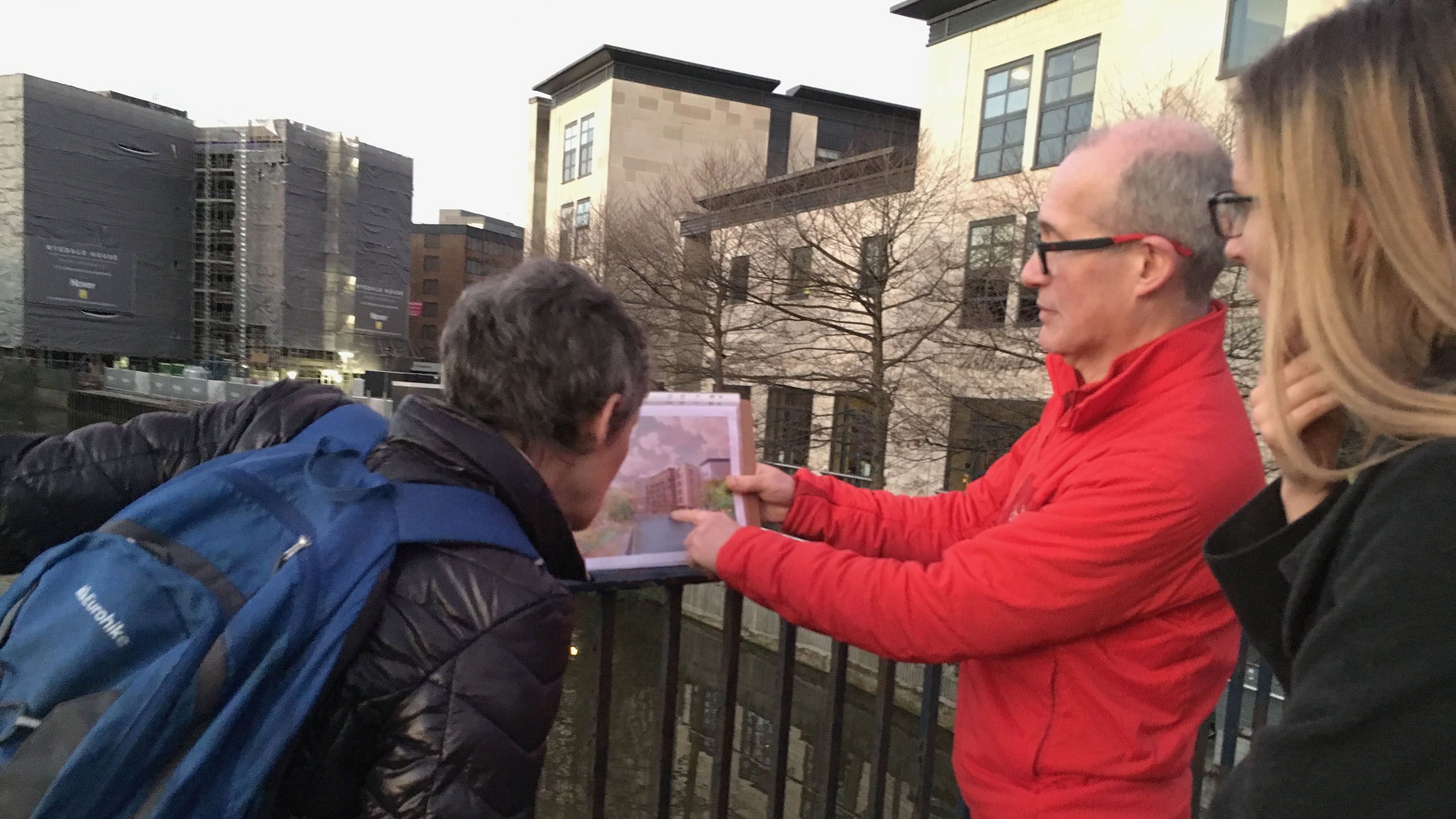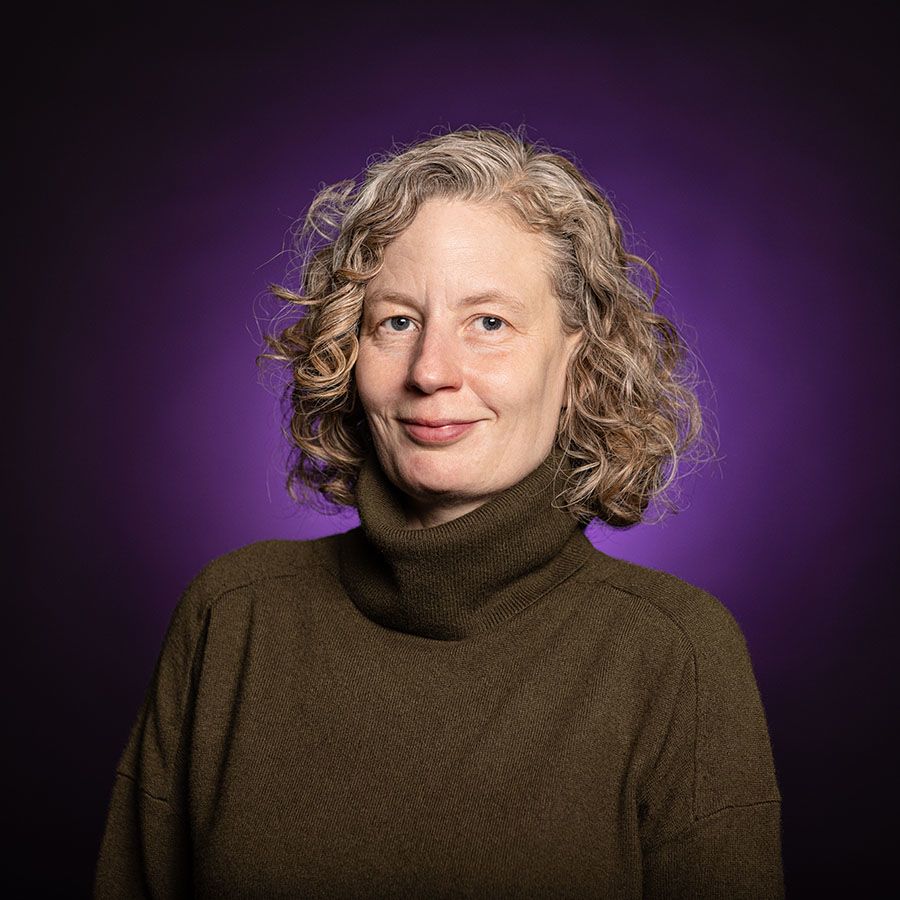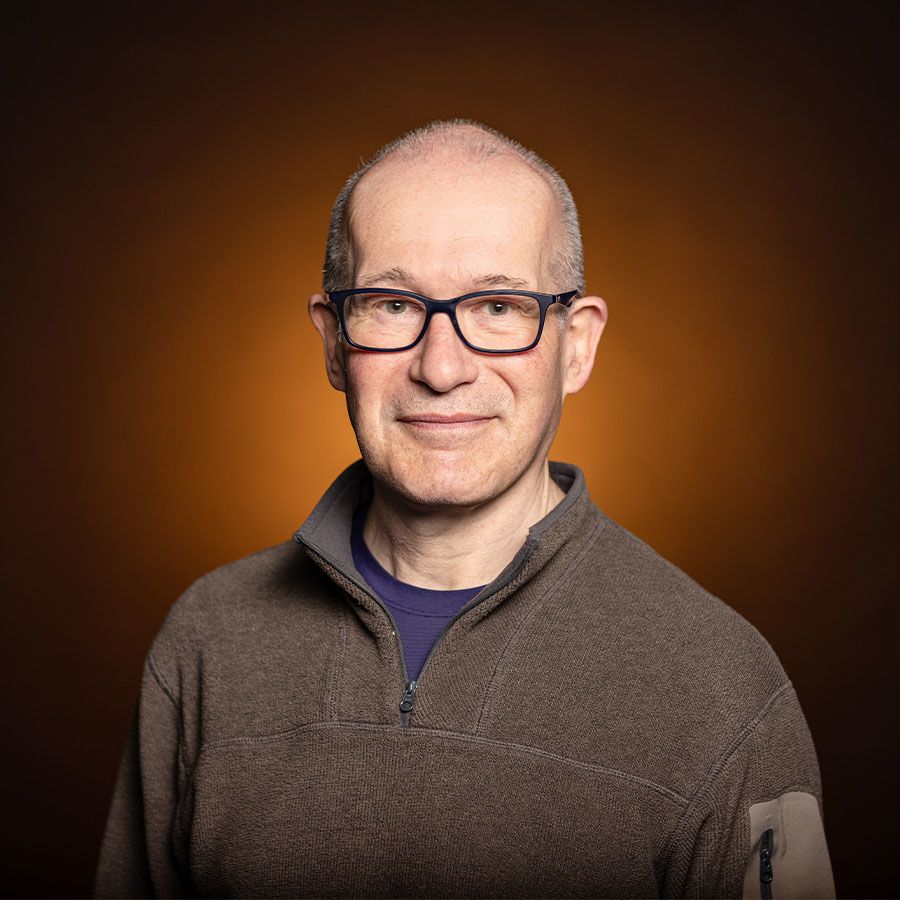Making change together: moving public consultation beyond engagement to impact

It’s easy to be sceptical about public consultations. Do our perspectives and hopes really make a difference? Helen Graham and Phil Bixby are determined they should. They’ve been developing a new approach that puts dialogue and shared vision right at its heart.
Most of us have experienced this at some point. You’re invited to take part in a consultation. You groan inwardly but you care about the issue. You fill in the form. You tick the boxes. As you press send you hope for the best while expecting very little. How could ‘having a say’ make any difference – pre-defined and channelled as it so often is by the questions posed and the pre-formatted answers?
The question of ‘consultation’ is an issue we both care about, though we’ve come to this concern from different perspectives. Helen is a University of Leeds researcher with a background in museums, heritage and participation – issues she generally explores using collaborative action research. Phil is an architect with longstanding involvement in community self-build and identifying creative ways for people to shape their neighbourhoods and communities.
Helen first started to think more deeply about the nature of consultation during a research project she facilitated between 2013–15. ‘How should heritage decisions be made?’ was collaboratively designed and carried out by museum and heritage leaders, practitioners and activists. One key theme that emerged was public scepticism towards institutional attempts to engage the public in projects.
A strand of ‘How should heritage decisions be made?’ was based in York. Given Phil’s longstanding involvement in environment and housing discussions there, we kept bumping into each other.
After seeing Phil chair a meeting on community housing, Helen asked him for an interview about the issues facing York and housing. Among many other questions related to heritage, democracy and economy, Helen asked, ‘Why is there a housing crisis in York?’ Phil replied, ‘The real issue is that we don’t know how to decide’. Our interests had clearly firmly collided. We started to work together and have done ever since.
Where it started: York Castle Gateway
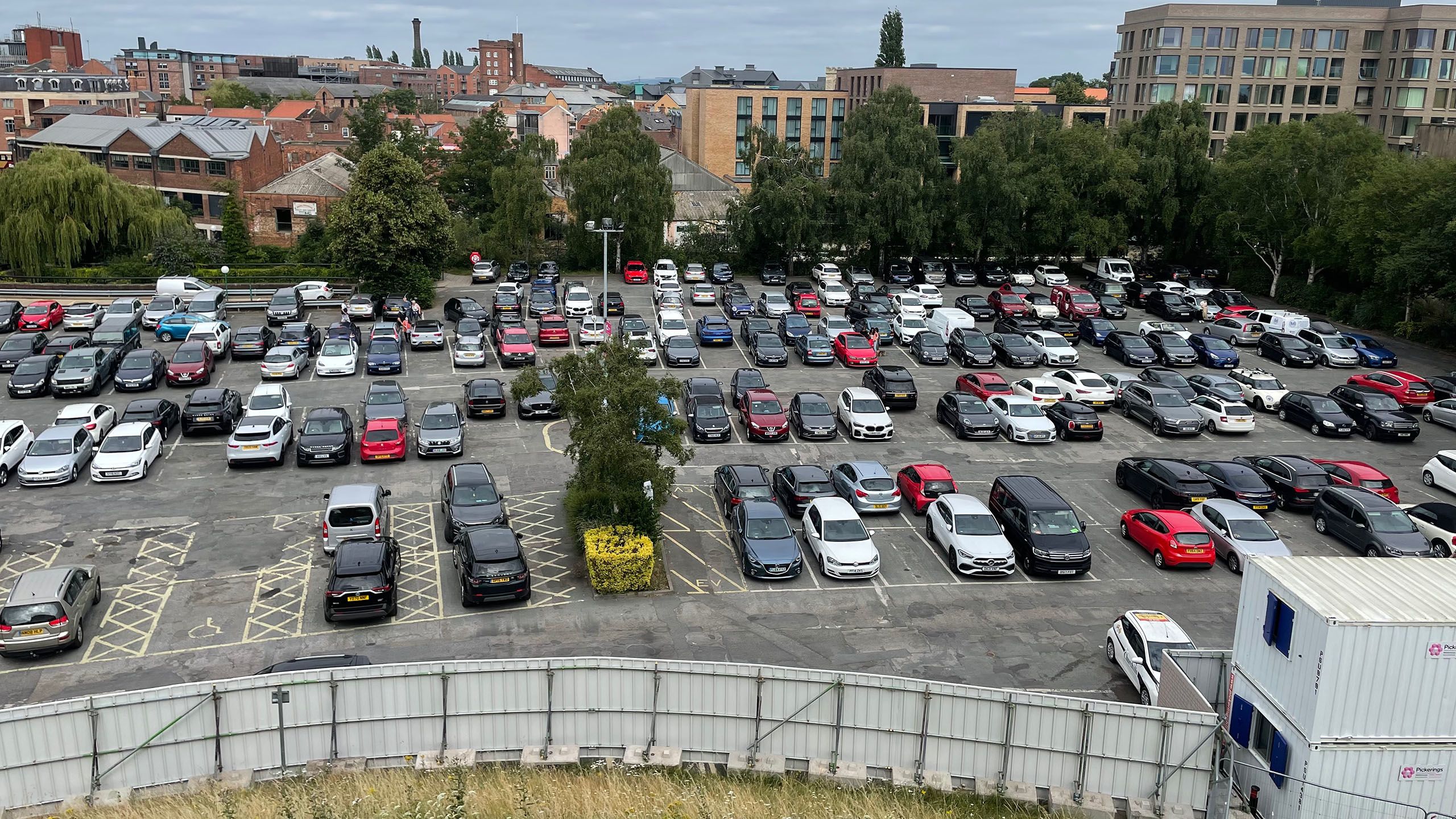
After some early forays into collaborative ways of imagining different futures for York, we started to work with the City of York Council’s Castle Gateway team.
At the centre of the Castle Gateway regeneration project is Clifford’s Tower. Right in the heart of York, it’s a thirteenth-century stone tower on a motte, the largest remaining part of York Castle and a scheduled ancient monument. Its near and dominant neighbour is an accidental car park.
What makes this car park ‘accidental’? It first became established after the second world war halted work on planned council offices on the site, leaving a flat, open and otherwise unused area. It’s long been questioned whether a car park is the ideal setting for Clifford’s Tower.
A previous failed scheme in the early 2000s to turn the car park into a shopping centre had been contentious, with a large campaign leading to a public inquiry. More recently, a proposal by English Heritage to site a visitor centre in Clifford’s Tower motte was withdrawn after a judicial review supported by crowdfunding.
As the council contemplated reimagining the car park area once more, it was clear that York’s public cared deeply about this site. It was equally clear that a traditional tick-box consultation was not going to suffice.
Prompted by this recognition, we talked with the Castle Gateway team about what a long-term, creative process of large-scale public engagement might look like. How might local knowledge about, and care for, the city be welcomed, fully respected and shape the regeneration decision-making process?
In 2018 a masterplan for the area was passed with cross-party consensus. We’d shown that an open public engagement process based on dialogue – we called it My Castle Gateway – could work.
We were then asked to facilitate a public engagement process – My York Central – on another equally controversial development, a huge area of brownfield land to the west of the railway station, previously carriage works and railway sidings.
Debate, not consultation
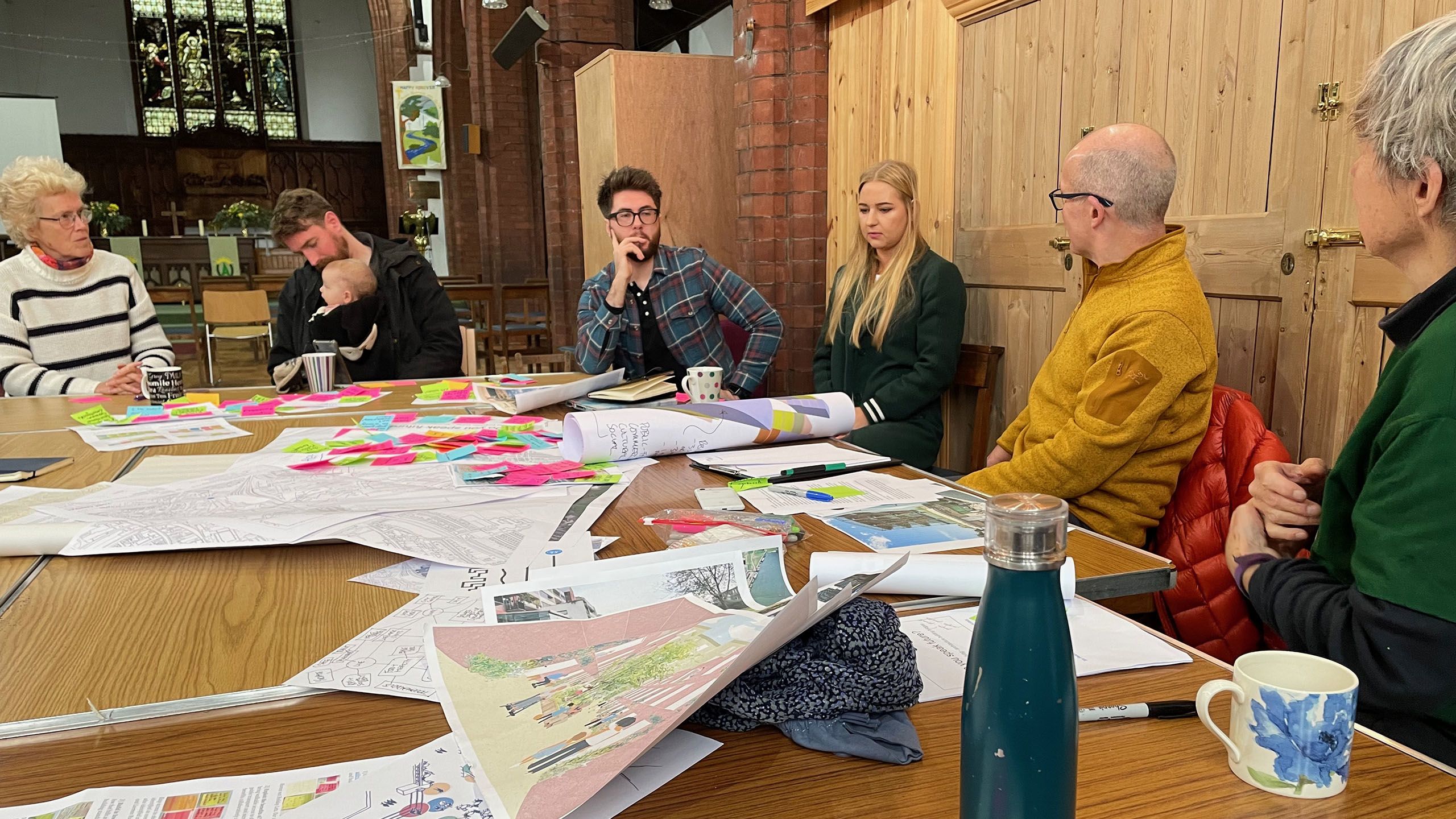
So what makes our approach different? Too often consultation processes pose the wrong questions too late. Consultations ask how something should look or how to fix a problem, rather than asking more fundamental questions, such as: What matters here? What would you like to be able to do here?
Through our work on My Castle Gateway and My York Central, we’ve designed a three-stage process: building a brief, exploring complex issues, and making change together.
The first step is developing what we call an Open Brief. Crucially a brief is not a design. An Open Brief sets out what’s needed and seeks to resolve complex issues before a design process starts. It’s still important to set agendas and elicit different perspectives. But as important is creating spaces where contentious topics can be brought to the surface and openly explored.
Some have questioned whether the ‘My’ in our project titles puts too much focus on individuals. Shouldn’t we be building collectives? It’s a fair point. But, working closely with Coaching York, we’ve found an approach based around personal narrative very effective. That personal point of view is vital. There are dangers in louder voices speaking passionately on others’ behalf.
It’s amazing how many retired people think there should be skateboarding parks in central York. But if you ask skateboarders themselves, they’d prefer skateable architecture in public spaces – and not being constantly moved on by police or security. And there are many well-meaning people speaking about those in poverty based on debates they’ve seen in the media rather than direct knowledge.
This speaking ‘on behalf of’ is a weak basis for a sophisticated debate about the future of a city, empirically and democratically. We take the direct democratic basis of participation seriously. For us, this means encouraging people both to think deeply about their own needs and desires – and to listen better to others.
We start by calling for questions from lots of different perspectives to identify the fundamental concerns and challenges. These questions form the basis for a range of events which draw useful information and ideas into the debate. For example, we led walks round the York Central area, during which we asked open questions to help people imagine different futures. It’s crucial to start this process early enough for public conversations to be able to genuinely set the agenda.
“Personal of view is vital. There are dangers in louder voices speaking passionately on others’ behalf”
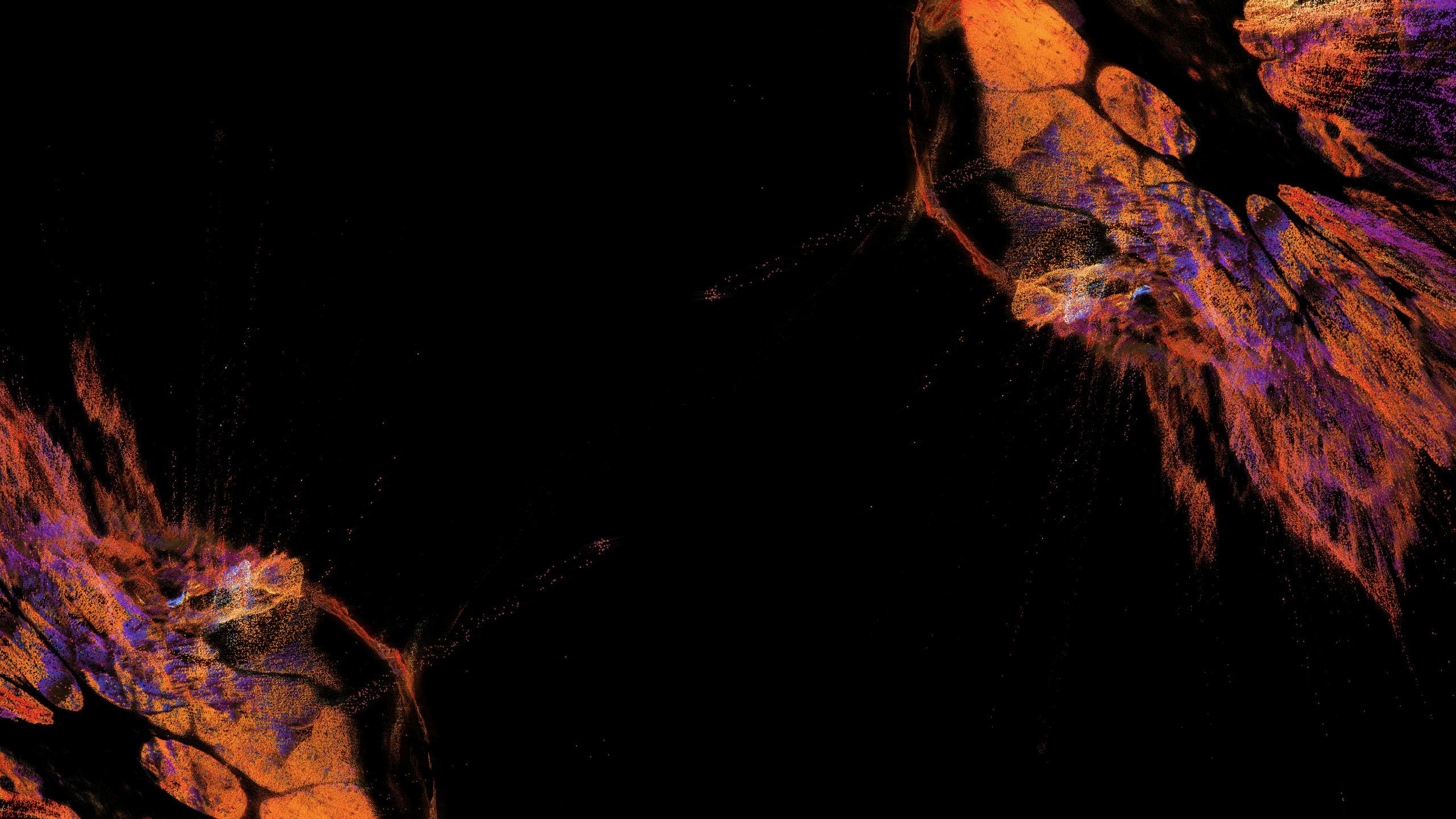
Not everyone who cares about a place or issue will come along to public events. During the My Castle Gateway process we also actively approached groups who we thought might have a lot to say. This included people who had experienced street homelessness, people who are blind or partially sighted, and young people. Usually this means going where people already spend time and meeting them on their own terms.
In York Central, we worked with council ward members, knocking on doors to reach the widest range of local people. We attended local coffee mornings and worked with local schools (see pictures showing the children’s fantasy way of doing the school run). During the Easter holidays, we set up family workshops at the National Railway Museum which is adjacent to the York Central site.
But we all know that feeling of being at a consultation event, writing a bold idea on a Post-It note – then wondering where that Post-it note would go. Straight in the bin, perhaps?
From the first, we made a commitment to document everything. With a low budget, we used Flickr – a photograph hosting site – to scan and tag every Post-It note contributed. This meant we could link back to clusters of Post-It notes, showing both lines of disagreement and of consensus. We also blogged every event we ran.
A vision for new neighbourhoods
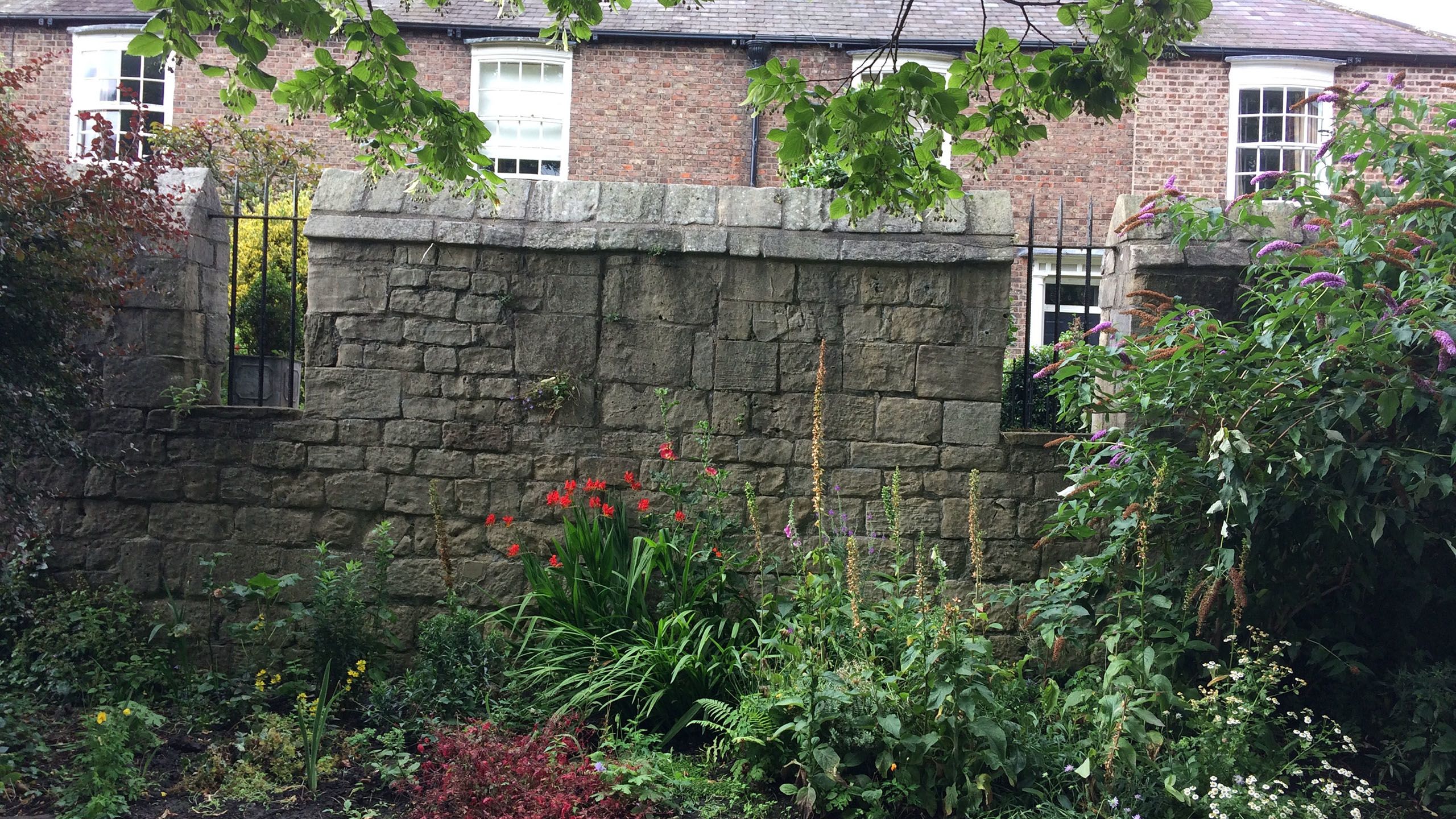
Our work did influence the York Central masterplan in some limited and specific ways. But we didn’t want to lose the more holistic ambition and transformative ideas our public engagement had generated.
So in 2019 we set up YoCo: York Central Co-Owned with many people we met along the way. YoCo is intending to build a carbon-zero, 15-minute, co-owned, mixed-use neighbourhood as part of the next phase of development around York Central.
We hope the YoCo Community Plan for York Central can be a model to be replicated not just across the site but also in other cities like York, where high land values make them expensive and potentially exclusive places to live.
The vision for this new neighbourhood is defined by how it feels and sounds. You can hear birds singing from the wild green spaces. Children are playing in the street. People shop, are working, are hanging out or are weeding the community growing spaces. People can afford to live there without stress.
A neighbourhood like this requires underpinning by a series of active choices. So, if we choose to have children playing in the street, we might also have to choose to:
- store cars elsewhere – perhaps in multistorey car parks at the edges of the site, where residents pay full rental costs for parking.
- keep the streets active, with plenty of eyes to make them safe – which means people are working here, there are a mix of people of different ages and engaged in different types of economic activity (including caring), there are generous balconies on all flats.
If we choose to hear bird song, we must also choose to:
- integrate green growing spaces, including trees close to where people live.
- minimise traffic noise, again by keeping cars to the edges, encouraging walking and cycling and by well-networked public transport.
Local democracy is an ongoing process
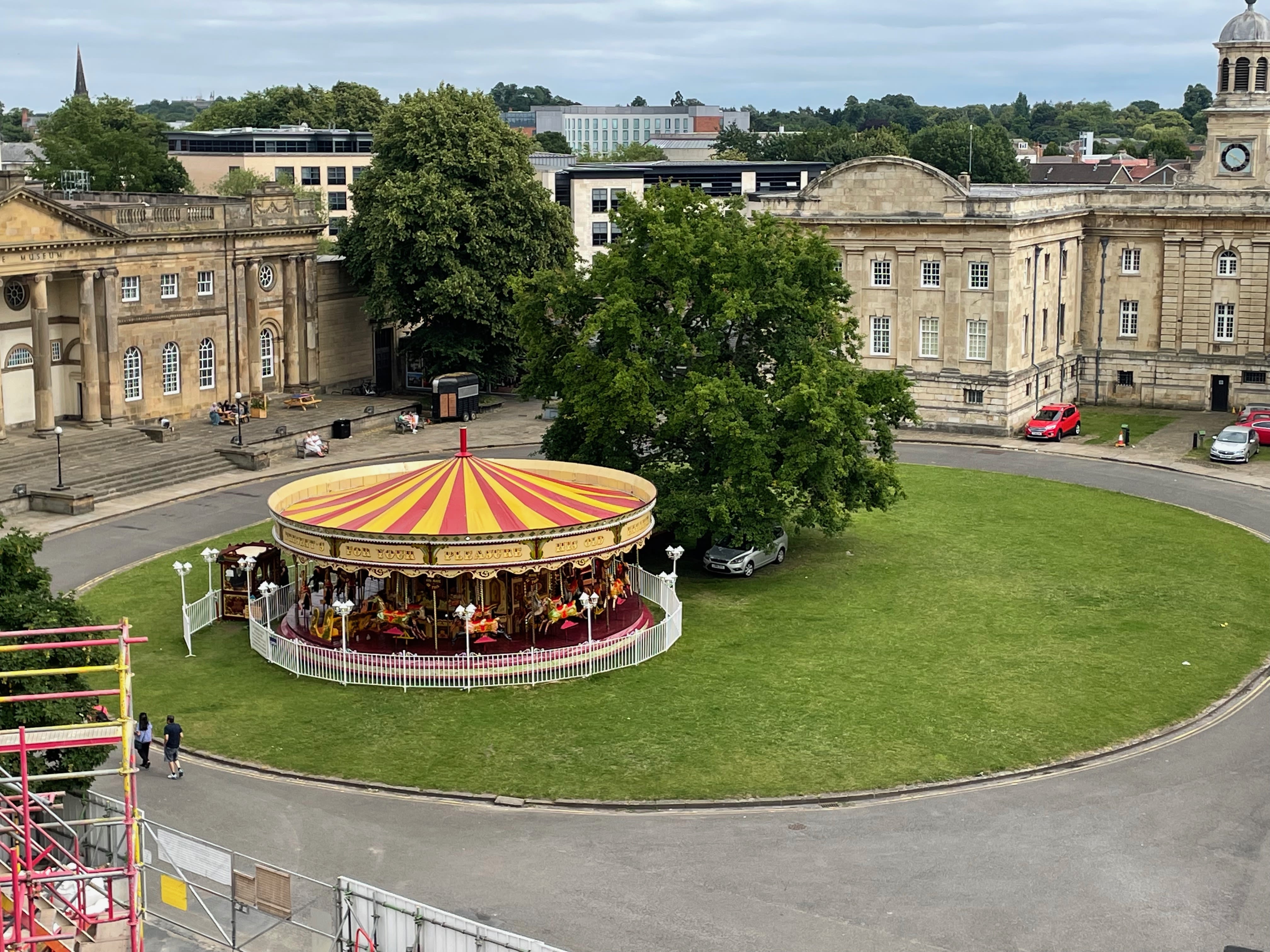
The next phase of our work is less about asking people ‘What matters?’ and ‘What they want to be able to do’ – and designing a process for this to be negotiated and amplified – and more about how the ideas that emerge from a public engagement process can be actively stewarded and realised.
York is the most unequal city in the north of England (Centre for Cities, 2018). It has significant housing inequalities exacerbated by the city’s tourist economy.
York Central is owned by public landowners but its development will be expensive due to remediation, infrastructure and other costs. Next to the railway station – with fast trains to London and Edinburgh and regular connections to Leeds and Manchester – it’s likely to be dominated by expensive homes and expensive commercial space.
There can be much better, large-scale engagement processes that shape policy”
But the clear steer from the My York Central public conversation was ‘Homes for Living and Not Investment’. This raises a live research question for YoCo: How can we create genuinely affordable homes rather than holiday lets?
Realising the vision for the co-owned neighbourhood on York Central means we’ll need to take a very creative and active approach to economic design. There are plenty of exciting options:
- promoting a dynamic local economy with space for start-ups
- financing community investment through share issues to residents
- putting tourist and conference facilities into community co-ownership
- making a virtue of high density by stacking commercial spaces and homes, and pooling energy costs for households
- setting up carers co-ops, so people doing caring work can afford to live in the centre of York
- ensuring a mix of housing tenures to provide forever-affordable homes.
“Ideas live through being constantly energised. Local democracy isn’t only about decisions but ongoing processes”

The University’s ten-year strategy places Leeds firmly as a values-driven university, with a clear focus on making a positive difference in the world. The challenges that the world faces can be better addressed through collaborative research between universities and communities.
We’re framing our work as a live action research process and we’re on the search for collaborators. If you are an economist with an eye on community wealth building, a play specialist with visions for brilliant streets for kids, or a social care researcher with ideas for how we can plan care and support co-operatively, give us a shout!
In local democracy, the formal decision-making moment of the Executive or Planning Committee is, of course, crucial. But before that moment there can be much better, large-scale engagement processes that shape policy.
Through My Castle Gateway and My York Central we used action research to develop a more creative and sustained approach to public engagement in regeneration and planning processes. The experience has made very palpable the systemic nature of local democracy.
But our experience has also shown that ideas and even policy are not enough. Ideas live through being constantly energised; local democracy isn’t only about decisions but ongoing processes. We’ve now decisively moved on to the ‘make change together’ part of the local democratic system.
